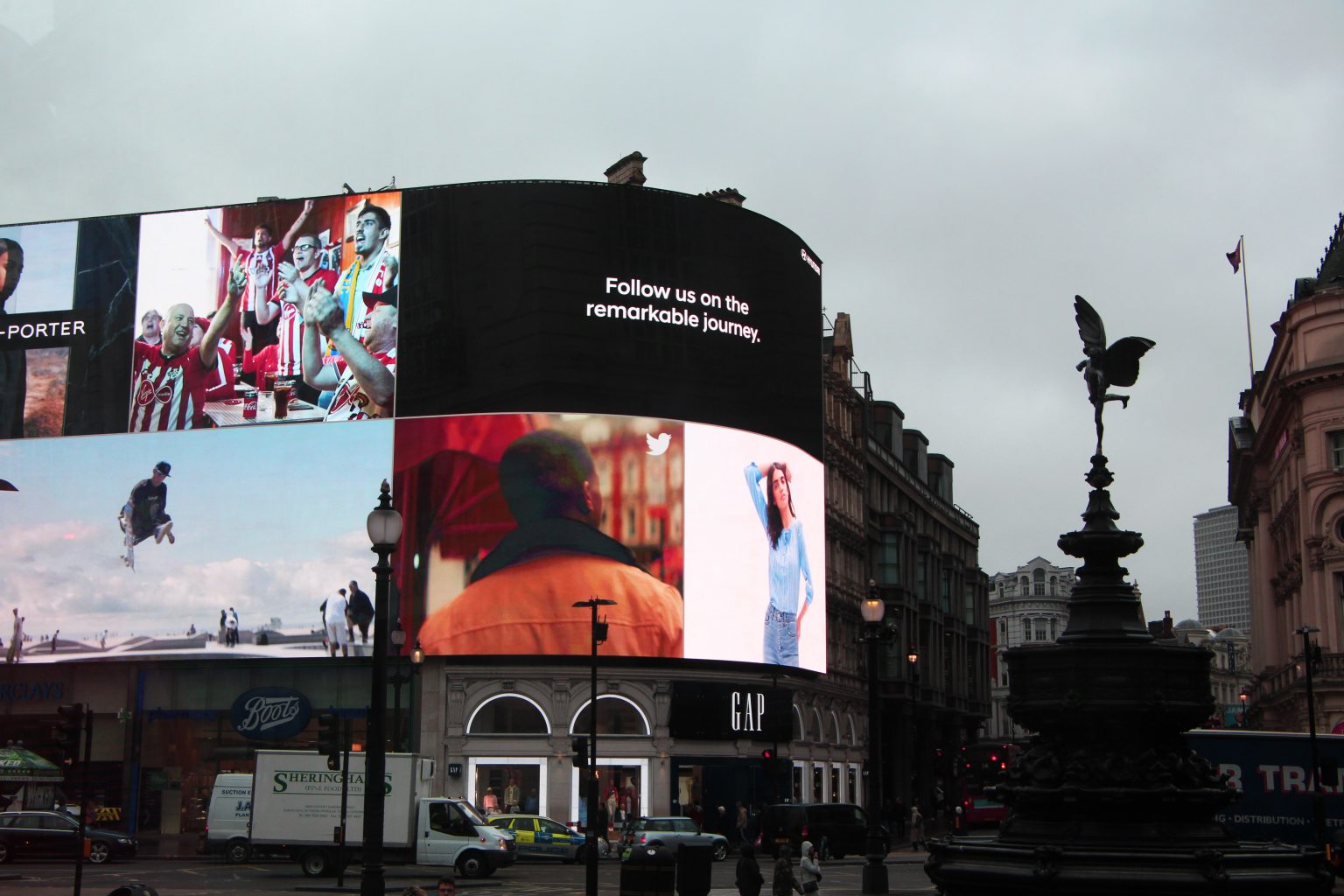To date, extended reality (XR)—an umbrella term encompassing augmented, virtual, and mixed reality technologies—has largely been viewed by Adland as a purely creative outlet. Now, due to performance, brands are increasingly turning to immersive mediums, such as virtual and augmented reality, to engage with audiences.
For instance, Diageo sold a bottle of The Singleton whiskey to one in five people who tried a virtual reality experience that transported them to the Scottish distillery where the drink is made. According to the brand, 85% of the thousands of people who tried the experience found the VR journey enhanced their whiskey tasting experience.
Cathay Pacific also found success through 360° video which enabled users to get a sense of how it feels to travel with the airline. This campaign increased unaided awareness by 29%, brand favorability by 25%, and preference for the airline by 12%. The campaign also saw higher than average CTR rates for the travel industry at 0.33%. This campaign outperformed all prior brand campaigns.
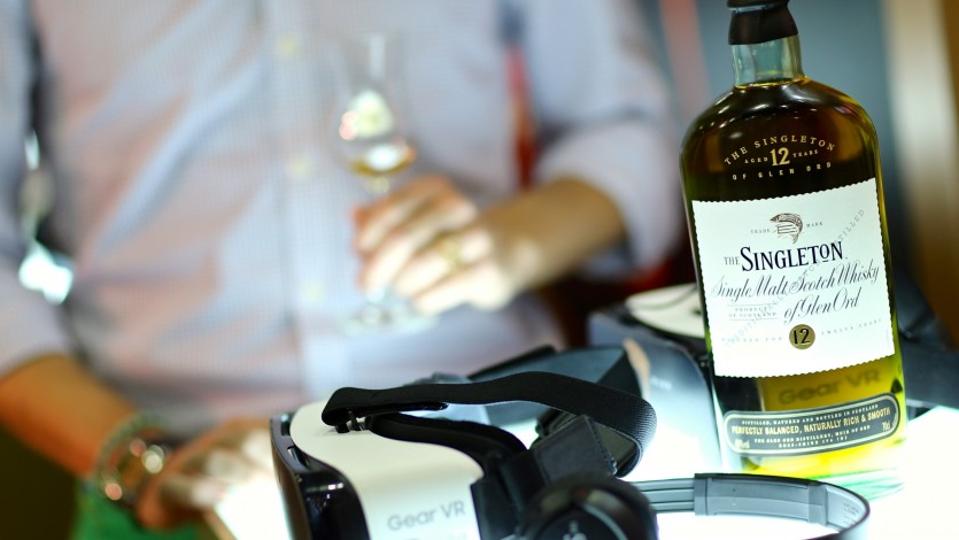
Potential pitfalls of VR advertising?
Anne Cahill, a commentator for The Guardian’s Media and Tech Network, advised advertisers to “tread carefully” when using VR. She made a valid point that, because VR experiences are so immersive, people will be “much less forgiving” of a subpar VR advertisement than they would be of a bad TV advert. While viewers can simply ignore a badly-made advert on television by changing the channel, the all-encompassing nature of VR gives them nowhere to turn.
Brands getting involved with VR should, therefore, be focusing on creating great content. Offering something of use, such as a virtual showroom with a try before you buy element, is arguably more useful and memorable than trying to replicate a traditional TV ad in VR. Virtual reality is at its best when it offers the audience something that other formats can’t. As Google says on its VR advertising tips page, “the subject matter should truly take advantage of the medium—transport people to a place, immerse them in a world, and compel them to explore.”
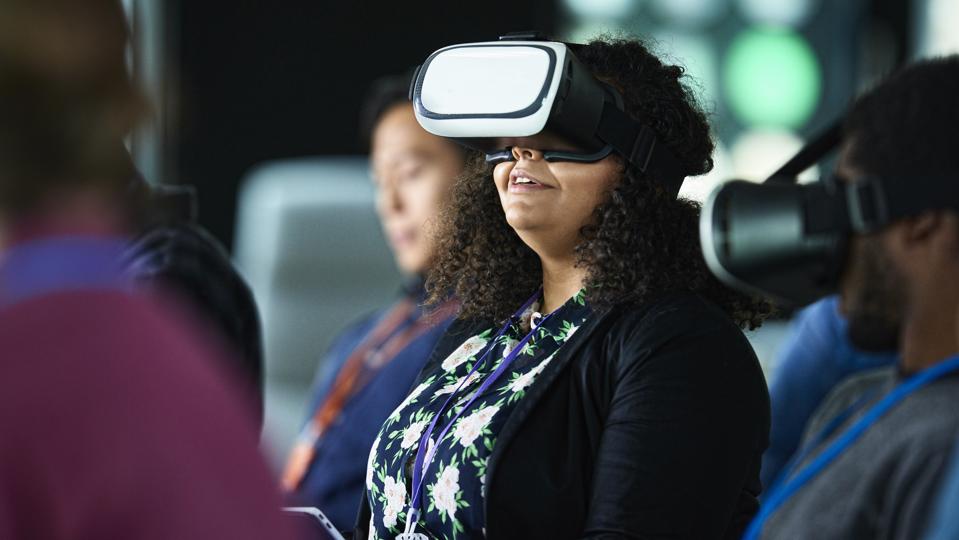
Extended reality advertising
A combination of new technologies, more powerful mobile devices and shorter attention spans has driven the change in mobile advertising with the major platforms—Snapchat, Facebook, Google, Unity—all pushing new formats.
Now, XR advertising is being hailed as the Holy Grail for building brand affinity. Advertisers can incorporate immersive VR environments and experiences into content such as display, video, and games.
Back in June, Admix, an XR monetization platform, launched the “‘world’s first” programmatic 3D ads for VR and AR environments. This allows advertisers to feature their products in 3D environments, allowing the brand to become part of the story—rather than disrupting it—enabling consumers to interact with the products natively within a game, or immersive experience. The ads are available programmatically on Admix’s supply-side platform (SSP) and via demand-side platforms including Verizon and Pubmatic. According to Admix, these ads will soon become shoppable.
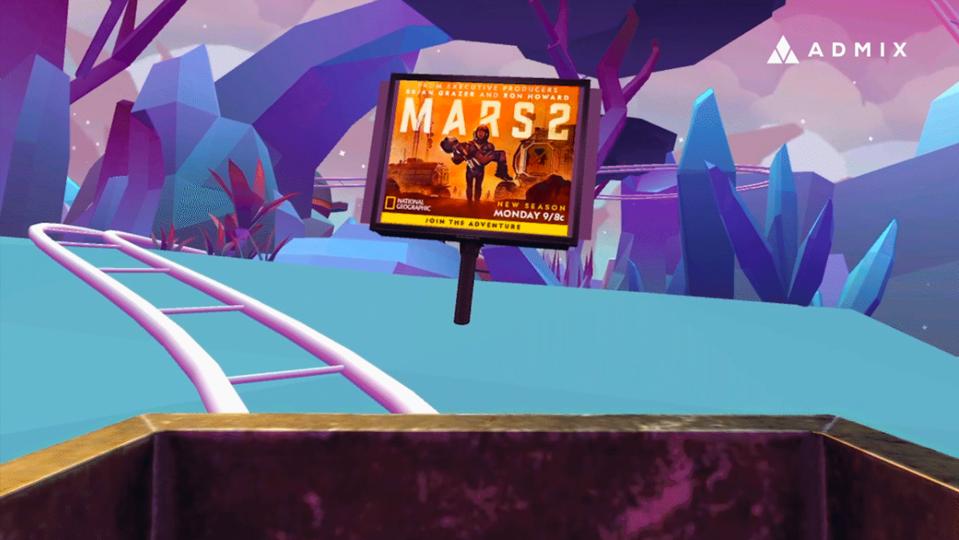
Consumers want engaging ad experiences that enhance reality and create meaningful connections with brands, and it looks like XR advertising is working—according to Admix, early tests have shown that 3D ad engagement is 20 times higher than web ads.
“3D ad product placements are the ultimate next-generation ad experience. Historically, advertising has adapted to each new media platform. Flat content will progressively be replaced by spatial content that we consume through headsets or glasses,” said Sam Huber, Admix CEO.
Admix recently announced a partnership with PubMatic, a digital advertising technology company, which will help marketers utilize extended reality advertising. By giving its wealth of buyers access to these advertising opportunities, PubMatic is opening up the benefits of advertising in VR and AR.
Verizon Media is another company that is pushing XR advertising forward. By combining quality AR with trusted inventory, the company is powering a new level of utility for the user and performance for the advertiser. Verizon has recently extended its XR offering off the back of a successful debut of AR on Yahoo Mail, which saw average dwell times of 60 seconds.
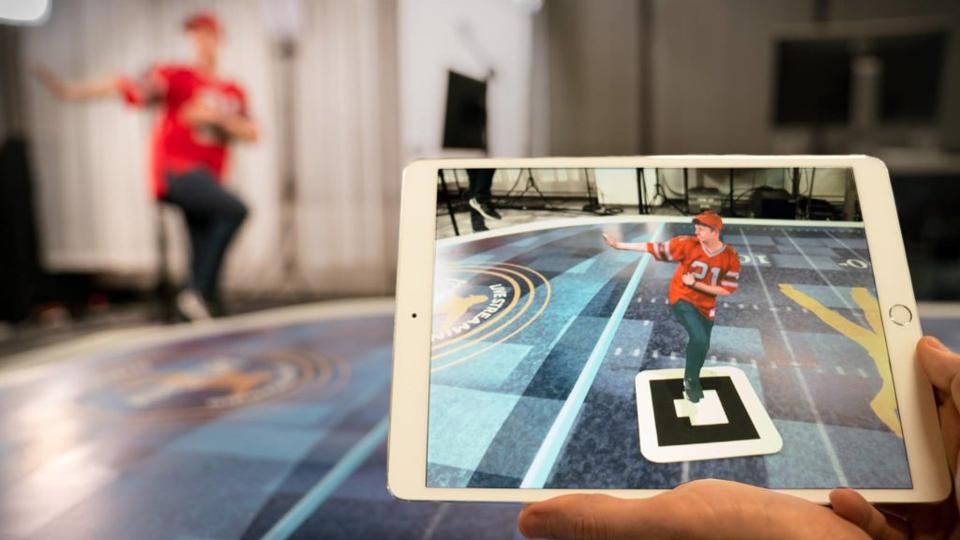
On 30th September, it was announced that Verizon Communications had acquired all software and technology from Jaunt XR. Jaunt has been described as a specialist in “the scalable creation and distribution of volumetric video of humans”—it will be interesting to see where this acquisition leads to.
All this activity and expansion suggests that the future of XR advertising is bright. The format draws consumers more fully into a brand’s world, and this greater immersion brings greater engagement, helping to build emotional connections that motivate consumers to buy into, and buy from, brands.
This post was originally written by Sol Rogers and originally appeared on Forbes.com.

